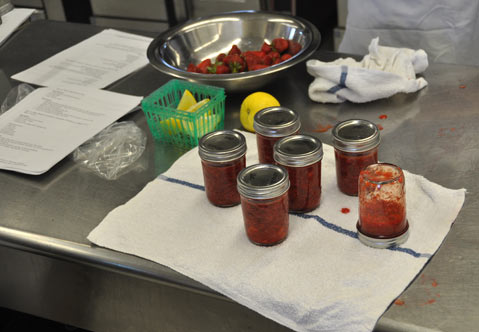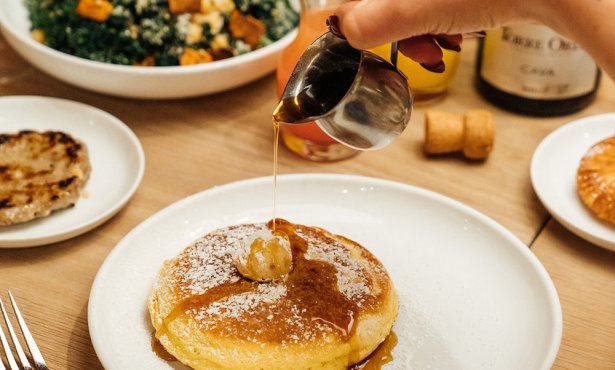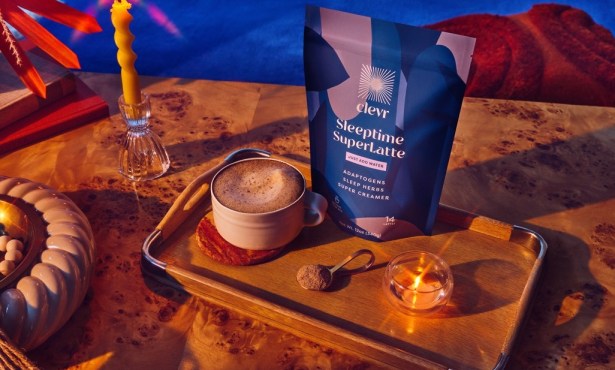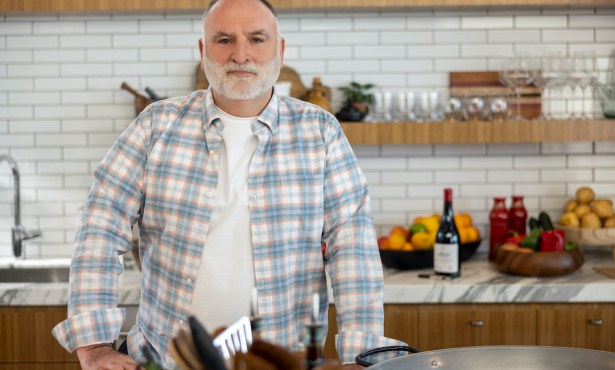Fairview Gardens Says Yes We Can
Learning How to Pickle and Preserve the Season’s Best

In the kitchen, a good chef often cooks by smell (has that seed exuded its essential oils?) or by touch (is that fish firm yet pleasantly giving?). So it’s fun when sound excites a cook, which is certainly the case when practicing the seemingly ancient art of canning. For when whatever it is you hope to preserve from the season is jarred, there’s the wait. And then, each lid does its satisfying little pop, signifying that the lid has sealed down and that you’ve successfully shelved some of summer for the rest of the year.
If you long for that sound, you should sign up for the start-to-finish satisfying “Intro to Canning” class taught by Melissa Gomez, marketing manager at Fairview Gardens. “I recently went into a local supermarket to see where food came from,” she explained. “The tomatoes were from Arizona, which isn’t so bad, but the corn was from Canada. The food we can grow ourselves has no reason to be imported.” While many people do canning because they’re preserving family traditions, as well as produce and fruits, Gomez learned the skill from scratch (and books) simply because it seemed logical to her. “It didn’t make sense to me to buy food from the store that you could make yourself, that tastes better, and that supports local farmers and is better for the environment,” she said.
I had the good fortune to enjoy Gomez’s first class last month, and can attest to the way it both elucidated and entertained—plus, you get strawberry jam and, in our case, pickled asparagus, to bring home. (The July class should feature actual pickles, but cucumbers weren’t ripe in time for the May class.) When I asked Gomez what she hopes people think about canning, she answered with a question: “It’s easier than you expect, no?” She’s right. Sure, it helps doing it in groups, but team canning is also traditional, the kitchen variant of a quilting bee. And it’s mostly following a recipe, and doing usually simple procedures like measuring, washing, chopping.
“There are these fears around about the diseases you can get, but I’ve never heard of anyone getting any,” Gomez said, dismissing the dangers of botulism. “If you use safe practices, you can have a safe product.” In Gomez’s class that means washing the jars and lids very thoroughly and boiling the filled, sealed jars in water long enough not just to set the preserve but also to cook the germs away.
The easygoing and engaging Gomez also instills confidence in her class. Though the UCSB Bren School graduate has been working at Fairview for just over three months, she explained, “I have been cooking and learning about food since I was a small child, and I never thought I’d be able to incorporate that into a career that involved food preservation. It all became clear to me when I got to this job that I was in the right place at the right time.”
Gomez is also quick to point to some of the most useful resources for home canners, such as The Big Book of Preserving the Harvest by Carol Costenbader (“a great intro-to-canning book”) and Putting Up by Stephen Dowdney (“great recipes, but I don’t practice the canning techniques in that book”). Gomez also worries about some recipes that overdo the sugar, claiming, “I like to can more fruit than sugar.” That’s one reason she’ll teach her classes to use Pomona’s Pectin and calcium water to provide the right mix to jell one’s jams as opposed to a whole bunch of the sweet stuff.
For Gomez, nothing is sweeter than eating local. While she points to several helpful canning cookbooks, her motivational resource is Barbara Kingsolver’s Animal, Vegetable, Miracle. “That you can eat all winter from food that comes a mile from your house, I never thought of that before,” she said of the book. “I’m lucky enough to know the food and the farmer that grows it, too. We’re in such a lucky place for food. Kingsolver talks about all she had, and all she was missing was olive oil and fish. We’ve got both of those. The 100-mile diet here is totally achievable. You do have to change what you eat and when—you won’t eat bell peppers all year—but it can be done.”
4·1·1 Preserve the harvest by learning to jam, can, and pickle with Melissa Gomez from Fairview Gardens at an Intro to Canning class on Saturday, July 24, 10 a.m.–2 p.m., at the Goleta Valley Junior High. Cost is $25-$45 on a sliding scale and includes all materials, instruction, and one pint of preserves to take home. For info and to sign up, email melissa@fairviewgardens.org.



